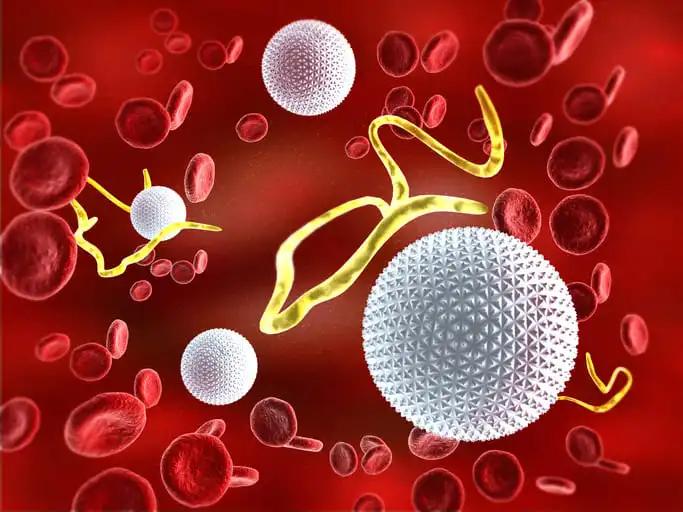KEY TAKEAWAYS
- The MonumenTAL-1 phase 1 & 2 trial aimed to investigate the management considerations for dermatologic toxicities associated with talquetamab in patients with R/R MM.
- Researchers noticed that proper management of GPRC5D-related dermatologic toxicities enhances patient adherence to talquetamab, optimizing treatment benefits.
Talquetamab is an FDA-approved T-cell redirecting bispecific antibody targeting the G protein-coupled receptor class C group 5 member D (GPRC5D) on myeloma cells. The MonumenTAL-1 study demonstrated >71% overall response rates (ORR) in patients with relapsed/refractory multiple myeloma (RRMM). GPRC5D-related adverse events (AE), notably dermatologic toxicities, present as on-target, off-tumor effects necessitating additional supportive care.
Elaine Esler and the team aimed to assess the management considerations for dermatologic toxicities associated with talquetamab in RRMM patients.
They performed an inclusive analysis of MonumenTAL-1, an open-label, single-arm, phase 1/2 study in patients with RRMM. The study evaluated the recommended phase 2 doses (RP2Ds) of subcutaneous talquetamab at 0.4 mg/kg weekly and 0.8 mg/kg every other week.
About 339 patients, including those with prior T-cell redirection therapies, received subcutaneous talquetamab at the RP2Ds. Dermatologic toxicities encompassed rash, non–Rash–related skin issues, and nail toxicities, occurring in 34.8%, 65.2%, and 55.5% of patients, respectively. Most of these toxicities were low-grade (rash, 3.5% grade 3; non–rash–related, 0.3% grade 3).
Median onset times ranged from 20–27 days for rash, 26–30 days for non–Rash–related skin, and 64–69 days for nail toxicities, with durations spanning 15–28, 32–39, and 74–122 days, respectively. Resolution rates were 78.9% for rashes, 59.4% for non–rash–related skin, and 29.5% for nail toxicities. No treatment discontinuations resulted from rash or nail toxicities, and 0.9% due to non–rash–related skin toxicities.
The study concluded that proper management strategies, including patient education and supportive care, significantly contribute to the low rates of dermatologic AE-related discontinuation in talquetamab treatment. Nurses counsel patients on skincare practices such as maintaining skin hygiene, using moisturizers, and staying hydrated.
Specific guidance on nail care, including avoiding activities that may damage nails and wearing protective gloves or socks, is recommended. Monitoring for secondary skin infections is essential. Early intervention with corticosteroids and emollients, such as ammonium lactate cream, aids in managing skin and nail toxicities effectively.
Overall, comprehensive management addressing GPRC5D-related skin and nail toxicities ensures patient adherence to treatment and maximizes the therapeutic benefits of talquetamab.
The trial was sponsored by Janssen Research & Development, LLC.
Source: https://ons.confex.com/ons/2024/meetingapp.cgi/Paper/15521
Clinical Trials: https://clinicaltrials.gov/study/NCT03399799
https://clinicaltrials.gov/study/NCT04634552
Esler E, Gray K, Hefner K, et al. (2024). “Management Considerations for Dermatologic Toxicities Associated With Talquetamab, a GPRC5D×CD3 Bispecific Antibody, in Patients With Relapsed/Refractory Multiple Myeloma.” Presented at ONS 2024 (Abstract I24).



